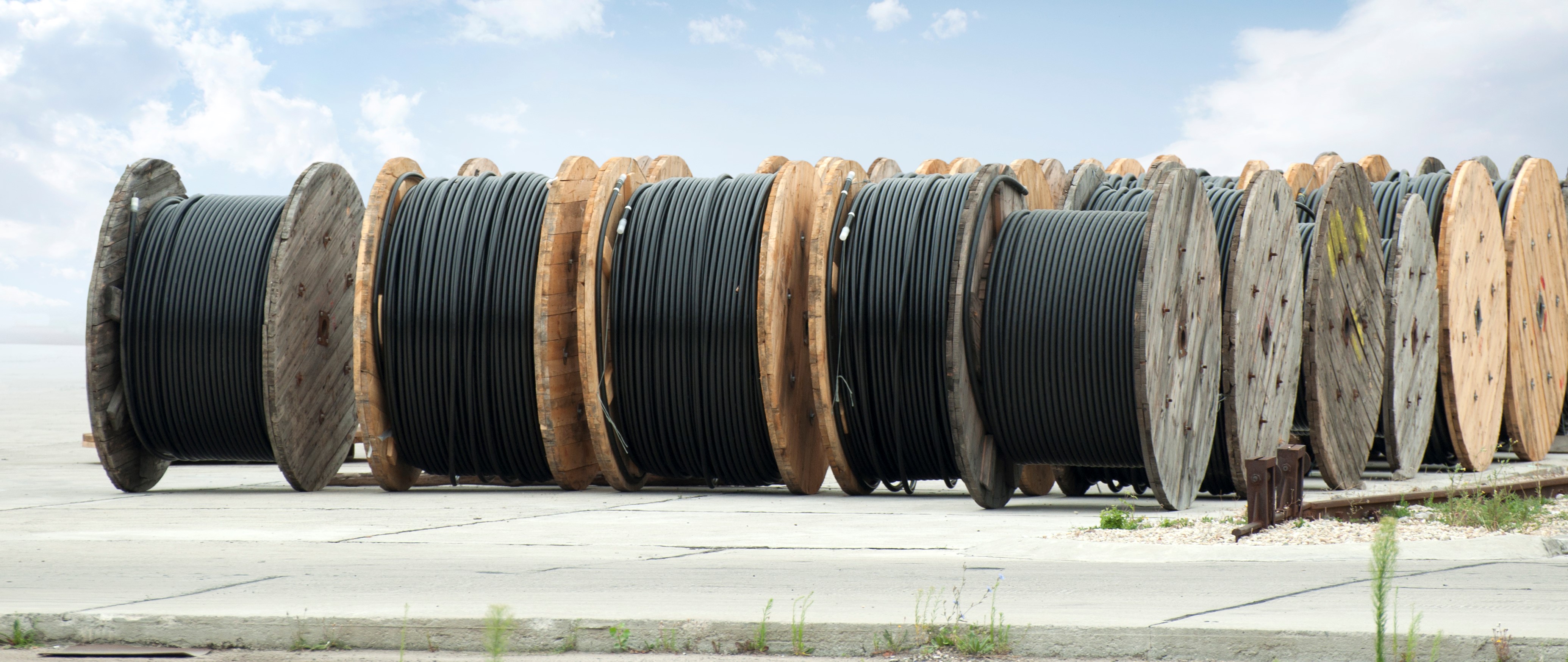
Medium voltage (MV) cables are an essential component of many electrical distribution systems for seamless communications. These cables are designed to transmit power at voltage levels between 1 kV and 100 kV. Despite their importance, MV cables can experience various types of failures that can lead to outages and safety hazards. Understanding the common causes of MV cable failures can help to prevent such incidents and ensure the reliable operation of electrical systems.

The following are some of the most common causes of MV cable failures:
Overheating: Overheating is a common cause of MV cable failures. This can occur due to a variety of factors such as overloaded circuits, inadequate cooling, and excessive ambient temperature. When cables are exposed to high temperatures for prolonged periods, their insulation may degrade, leading to a breakdown of the cable.
Moisture: Moisture is another common cause of MV cable failures. When water enters the cable, it can cause insulation breakdown and corrosion of the conductors. Moisture can also increase the chances of electrical arcing and shorts.
Mechanical damage: MV cables are often exposed to various types of mechanical damage, such as impacts, abrasions, and cuts. These types of damage can cause insulation breakdown and conductor damage.
Chemical damage: MV cables can also be damaged by exposure to chemicals such as oils, acids, and solvents. These substances can corrode the cable's insulation and conductors, leading to cable failure.
Ageing: MV cables, like all electrical components, have a limited lifespan. Over time, the insulation and conductors may degrade, leading to cable failure. The lifespan of an MV cable depends on various factors such as the quality of the materials used and th e operating conditions.

To prevent MV cable failures, it's essential to conduct regular inspections and maintenance. Any signs of damage or wear should be addressed promptly to prevent further degradation of the cable. Additionally, cable installations should be designed and installed correctly, taking into account factors such as temperature, load capacity, and environmental conditions.
In conclusion, understanding the causes of MV cable failures can help to prevent outages and ensure the reliable operation of electrical systems. By conducting regular inspections, addressing any signs of damage, and designing and installing cables correctly, it's possible to extend the lifespan of MV cables and improve the safety and efficiency of electrical systems.

